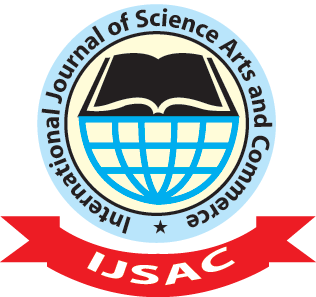Abstract
West Indian literature of the 1950s and early 1960s was characterized by a heightened sensitivity to prevalent social conditions. Prominent among the features of the literature of this period was the emphasis on social realism and communal experience, as against individual fortunes. While the bulk of Jamaica’s wealth was owned by the white establishment and middle-class who constituted a minute percentage of the population, the majority of the blacks were the urban dispossessed who inhabited over-congested slums and lived a deprived existence. These slum-dwellers frequently adopted survival strategies to combat their exclusion from the Island’s wealth. The objective of this paper is to investigate Patterson’s vision in The Children of Sisyphus and determine if, and to what extent, these survival strategies influence the writer’s vision in the novel. Being a literary research, the work is mainly library-based. First, Orlando Patterson’s The Children of Sisyphus has been rigorously examined and as many relevant critical references as could be found have been used to sharpen the focus of the arguments. In the end, it is found out that Patterson’s vision in The Children of Sisyphus is, to some extent, informed by Pentecostalism and Rastafarianism – the two religion-based survival mechanisms – adopted by the characters in the novel. But very importantly, his vision is conveyed through his interpretation of a Sisyphian myth which reiterates that man is doomed because he is trapped in a tragic world of unending suffering and paradoxes.
